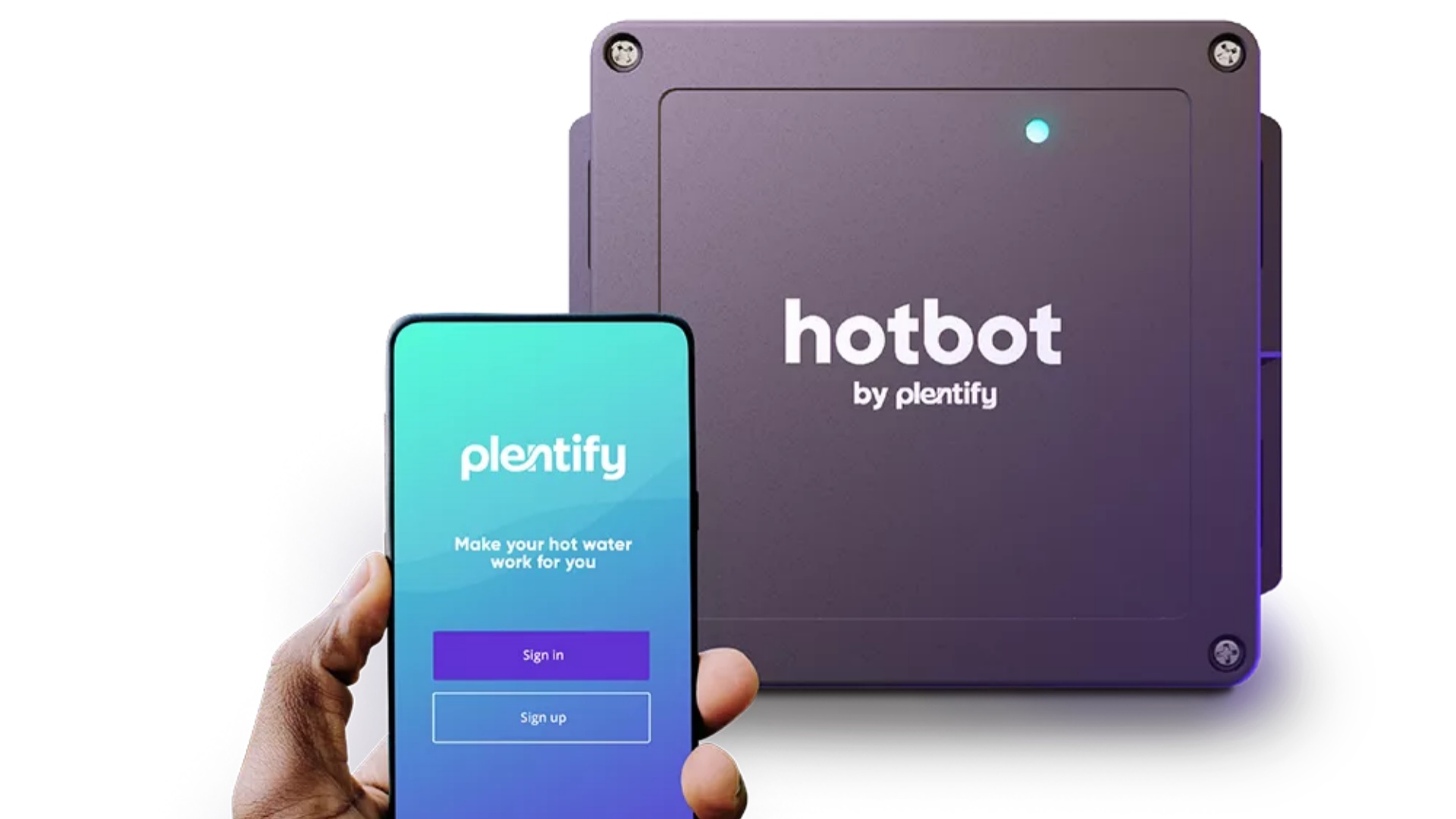- 2022 has proved the toughest year for South African citizens when it comes to loadshedding, with it seemingly set to be a fixture for the next 12 months at least.
- As such, people are looking for smarter solutions to tackle the energy requirements and costs that loadshedding has wrought.
- One company aiming to assist is Plentify with its smart geyser heating system called the HotBot.
It would not be an exaggeration to say South Africans have suffered several gut punches this year thanks to loadshedding. This is as 2022 has seen more continuous loadshedding than any other year, and the outlook for the next six to 12 months is less than promising.
As such, citizens have had to look to innovative solutions to work around loadshedding and make the most of the little energy that is currently available. Here is where smart energy firm Plentify is hoping to make a mark in SA with its geyser heating solution called HotBot.
The solution has been available locally for a short while, having been tested out in the Western Cape last year. Under Project Smart Geyser, Plentify collaborated with the City of Cape Town to demonstrate how geysers can be used as a fix for loadshedding.
Here the company says that based on findings from the aforementioned project, it was able to calculate that 75 000 Hotbots installed in Cape Town in 2021, would have been able to eliminate 80 percent of the total loadshedding in that year.
“HotBot learns and adapts to a household’s hot water needs, shifting electricity demand away from peak times when the grid struggles the most. Its smart savings technology figures out the most efficient way to give you hot water with available energy, ultimately reducing impact on the grid,” notes Plentify CEO Jon Kornik, in explaining how the solution is able to bring savings.
“In addition, HotBot is now Loadshedding Aware, meaning that it monitors loadshedding schedules in real-time, and pre-heats your geyser if hot water is needed during or soon after loadshedding. Unlike other geyser timers or controllers, this will save people from cold showers, or drained batteries for those who rely on backup power for their geyser. Plus its built-in surge protection protects your geyser when electricity comes back on,” adds the company in a press release sent to Hypertext.
Having run testing in Cape Town last year, Plentify is now eyeing Gauteng, where its team plans to run a similar project to assess Hotbot’s potential impact on the city.
“With geysers responsible for up to 60% of an electricity bill, HotBot can save you up to 30% of that amount — which works out to an average of R250 per month, across all of Plentify’s customers (and even more if inefficiencies are detected),” the company illustrates.
For those interested in trying out the solution now, HotBot is offered as either a subscription service or once-off purchase locally. At the time of writing, the Standard and Plus plans are listed at R49.50 per month excluding installation costs, with the once-off option starting at R3 999 for the app-controlled solution.
With many South Africans looking to solar power and inverters to power their homes during loadshedding, solutions like this may also prove worthwhile given rolling blackouts will remain a reality for years to come.
“If we look toward 2050 and imagine the energy system at that point, there is no way we will balance irregular supply from renewables unless we’re able to manage flexible demand,” says Kornik.
“This is not only a fundamental ingredient to the energy transition, it’s also how we go about fixing loadshedding: by shifting demand away from the grid when it’s at highest risk of failing, to times when energy is more abundant,” he concludes.

